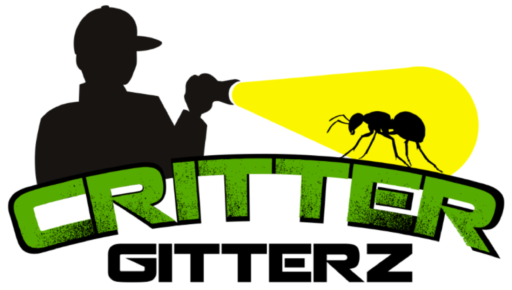RODENTS
Mice
Grasshopper Mouse
The grasshopper mouse is a meat-eater, hunting insects, worms, lizards and other mice. In spite of its very distinguishable eating habits as opposed to other mice , the grasshopper mouse looks like a common mouse, just a little larger. The body is generally about five inches long with a two-inch hairy tail, big ears and grayish-brown fur with white underparts. Grasshopper mice are common nearly statewide in dry grassland, sagebrush and scrub habitats.
Deer Mouse
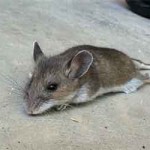 The deer mouse is the most common mammal in North America. In Colorado, this mouse is found in almost every habitat wherever a little bit of cover and some sort of food are available. Seeds make up about three-quarters of the deer mouse diet, but these mice will eat almost anything, including fungi, leaves, and insects. The deer mouse provides food for all sorts of predators, from owls to foxes to coyotes, and even to the grasshopper mouse.
The deer mouse is the most common mammal in North America. In Colorado, this mouse is found in almost every habitat wherever a little bit of cover and some sort of food are available. Seeds make up about three-quarters of the deer mouse diet, but these mice will eat almost anything, including fungi, leaves, and insects. The deer mouse provides food for all sorts of predators, from owls to foxes to coyotes, and even to the grasshopper mouse.
Meadow Vole
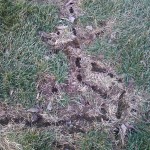 Voles don’t look like the typical rodent with a pointed nose, slim body and long tail.
Voles don’t look like the typical rodent with a pointed nose, slim body and long tail. 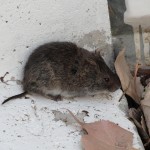 Their heads almost merge with their bodies into one plump, round form. Their eyes and ears are very small seeming to disappear in their fur, and their tails are short and stubby. Voles are larger than the house mouse with adults measuring up to five inches in head and body length. These rodents are blackish-brown to grayish-brown. Voles are also known as meadow mice. Because they do not climb well, voles are almost always found around the lower levels of buildings. They make a well-defined system of tunnels that most often are found under vegetation. Sometimes these tunnels are found just below the surface. Voles are also known to surround the trunks of fruit trees, which very often results in the death of the tree.
Their heads almost merge with their bodies into one plump, round form. Their eyes and ears are very small seeming to disappear in their fur, and their tails are short and stubby. Voles are larger than the house mouse with adults measuring up to five inches in head and body length. These rodents are blackish-brown to grayish-brown. Voles are also known as meadow mice. Because they do not climb well, voles are almost always found around the lower levels of buildings. They make a well-defined system of tunnels that most often are found under vegetation. Sometimes these tunnels are found just below the surface. Voles are also known to surround the trunks of fruit trees, which very often results in the death of the tree.
Rats
Wood Rat
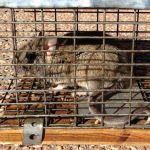 The woodrat is a big-eared, bushy-tailed rodent that dwells in the mountains of Colorado. It is found in douglas fir, ponderosa pine and aspen forests and even on rocky slopes above timberline. It is better known as the pack rat because of its drive to collect things, particularly shiny items, and store them in its big, messy nest.
The woodrat is a big-eared, bushy-tailed rodent that dwells in the mountains of Colorado. It is found in douglas fir, ponderosa pine and aspen forests and even on rocky slopes above timberline. It is better known as the pack rat because of its drive to collect things, particularly shiny items, and store them in its big, messy nest.
Ord’s Kangaroo Rat
These rats are found on dry prairies, shrubland, pastures or other dry habitats. Sometimes in the moonlight you may be able to see busy kangaroo rats bouncing around on their hind legs like tiny kangaroos. They have soft brown coats and big brown eyes, along with long tails. They harvest seeds from grasses and plants, using their tiny paws to put the seeds into their cheek pouches.
All rodents can carry many diseases and will urinate and defecate in any and all areas that they are found.
Norway or Sewer Rat
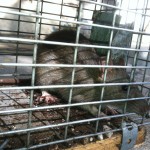 The Norway or sewer rats commonly carry fleas and can live in or around houses that are close to water. These rodents are nocturnal and are rarely seen by humans. They are very cautious animals and will steer clear from anything new placed in there living areas.
The Norway or sewer rats commonly carry fleas and can live in or around houses that are close to water. These rodents are nocturnal and are rarely seen by humans. They are very cautious animals and will steer clear from anything new placed in there living areas.
Dealing with rodents immediately will keep pets and humans safe and healthy.
